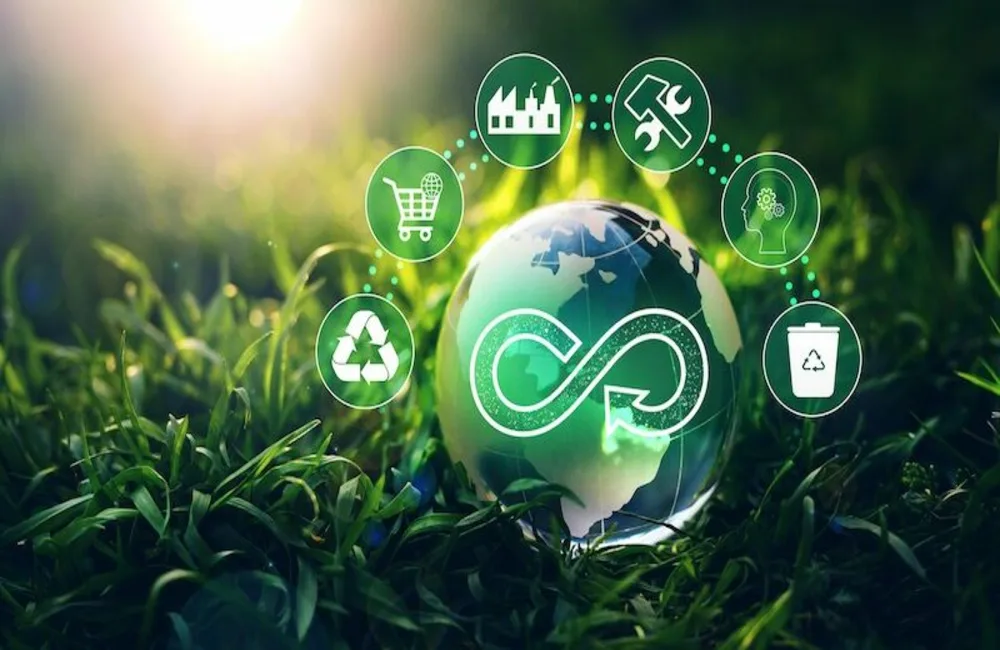Circular economy is crucial for global decarbonization. There will not be enough primary metal supply to satisfy net-zero efforts, panellists at Investing in African Mining Indaba 2022 discussed on May 11.
Battery Metal Supply and Recycling Challenges
The supply of battery metals was short, and the intake for new energy would require an overall production capacity boost as demand rises, IFC Mining Investment Officer Philippe Olivier said at the Recycling in Mining panel.
The supply of metals was going to be a huge gap 2030-2040 and it had to come from somewhere.
Robust demand for critical metals in a tight supply environment has already pushed prices higher, with S&P Global Commodity Insights' seaborne lithium carbonate and lithium hydroxide assessments rising 122% and 153%, respectively, since the start of 2022 to reach $75,100/mt CIF North Asia and $80,100/mt CIF North Asia as of May 11.
“We know that current production of critical minerals globally is not going to meet energy transition requirements and minerals recycling will play a key role,” said Olivier.
The second hand or recycled metals, including copper, also had far lower emissions than primary copper production, he said, adding that mining companies need to ensure they would be able to recycle and reuse these minerals, that was going to be the key.
“The minerals that are sourced to support economic development must be done sustainably and we will have to come together to find the solution in concerted circular efforts,” Olivier said.
He said governments needed to ensure all value chain participants had the money they required to find ways to bilateralize and circularize economies.
Olivier said there was often pressure from downstream for business models further up the value chain to be sustainable.
“Returning to the disparity between critical metals need for effort change, we could see the weight of power shift, organizations picking who they need to pitch to, to guarantee an end-item is feasible,” he added.
Ecosystem Collaboration
The panel’s moderator, Andrew Lane, a partner in Deloitte, said that it was about building an ecosystem and partnering with others throughout the value chain, rather than one company needing to own the entire value chain.
Having a circular economy did not necessarily mean a circular economy for every commodity, Jonathan Samuel, Anglo American Group Head of Responsible Business Opportunities, said, adding metals could go into batch processes.
“It’s going to be variable by commodity, and quite what that looks like throughout the whole value chain will depend,” he said.
The mining industry also had to be considerate and respectful of existing recycling businesses, Samuel said, as the recycling industry was very advanced and mines, while they should look to integrate into the circular economy, this didn’t mean they should look to tread on the toes of the existing recycling industry and maybe instead just focus on what they do best.
For Anglo PGMs, for example, he said that was a clear opportunity, as that was a relatively niche commodity, while iron ore was not something Anglo could make circular by itself, as it was blended with other products to make steel.
“We are trying to identify locations where we can service customers where they want and need recycled material or where we have a unique technology or capacity advantage that enables us to do this,” Samuel said.
Mining Waste and Sustainability
A circular economy was wider than metals, Samuel said, adding mining companies had to address several other issues, like contaminated land from waste.
Olivier said it was up to mining companies to ensure that no value had been added in waste and that all value had been extracted. He said it was a complicated task to design a supply chain that would ensure nothing went to waste because to make that happen, the value chain needed to work together with consumers to make sure products were consumed to the fullest.
Ensuring that tailings were processed efficiently was one example of this, although he said work was now being done to re-process tailings from historic operations to more efficiently extract additional minerals for use, as technologies improved. But it was a big challenge, he said.
Anglo was guided by three principles in its approach to waste, Samuel said namely eliminate waste where possible in design, maintain products and materials in use, and regenerate natural ecosystems.
Anglo was seeking to sell off byproducts, which might even include the fertilizer market.
Products and pricing have to be reliable if they are to stay on a customer's radar, Samuel said. “They also want to know the provenance, they want the story behind this product, like social development work and where they can partner with us on this… There is a positive story to be told if mining is done well,” said Samuel.
“It’s becoming more and more important to customers to be able to tell that holistic story,” he said.
Increasing Efficiencies with Technology
At the same time, South Africa's Council for Scientific and Industrial Research was doing work to increase efficiencies, maximize the usage of resources through the use of technology, and to assist mining companies in doing so, CSIR Executive Manager Mining Sibongile Ntsoelengoe said.
Such efficiencies included using data analytics and machine learning for prediction purposes to inform decision making, for example, geological sensors that can tell a production team where cavities are and further supply information around qualities to inform metal recovery.
A further means of doing so was integration systems which cater for communication against a value chain, for example, underground wifi, while a third means of efficiency was digital twinning, which would employ modelling and simulation.
“The technological applications are there, and it’s really around looking around what are the gaps and how to provide bespoke solutions to them,” Ntsoelengoe said.


















